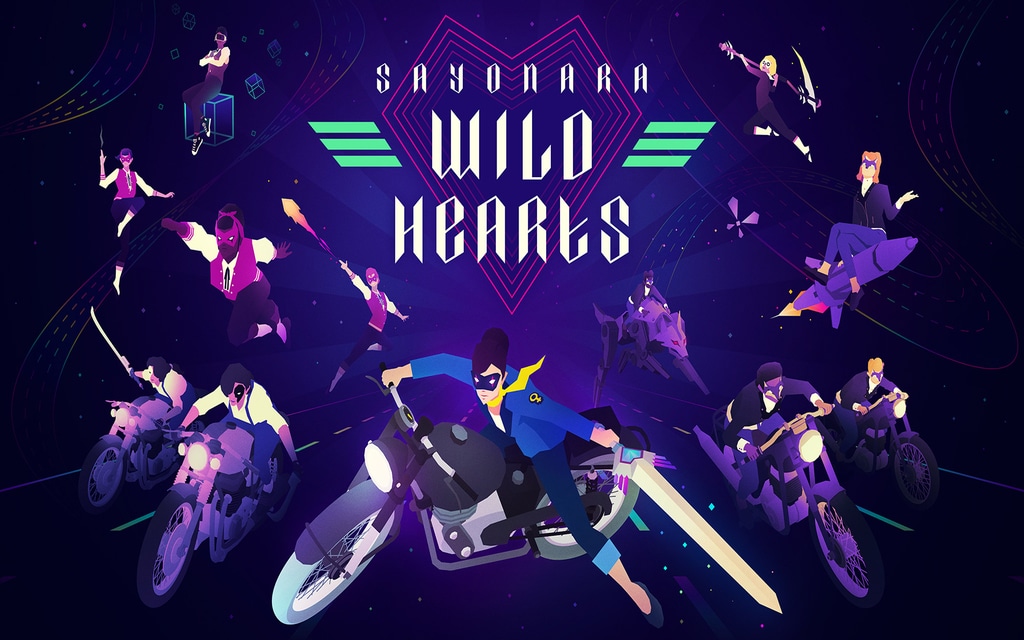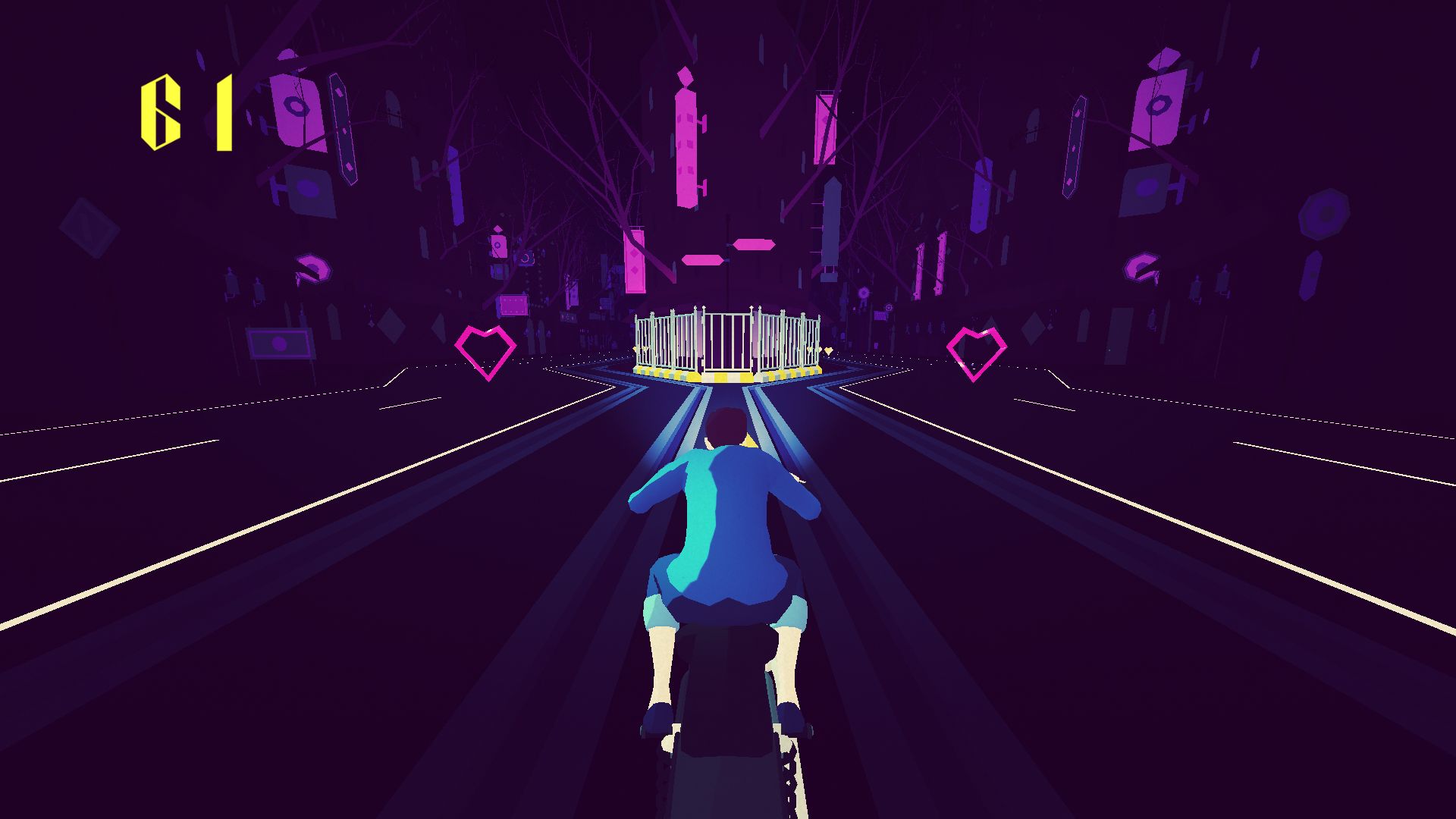
I find the sheer speed of the other levels to be a bit much, and they’re also not terribly interesting from a visual perspective.įighting Hearts introduces Wild Hearts’ basic QTEs through an extended combat encounter that doubles as a fun dance sequence. Having went through them all again, the tower-scaling Heartbreak III is the only real standout. Not sure about you, but most of these bled together on my first playthrough.

Not the best combat-focused level by a long shot, but it’s a solid start. Chasing down the wolves gets enjoyably intense later on, and, unsurprisingly, the tune itself is great. Laser Love is memorable for introducing some basic shooting mechanics. It might even have ranked higher if it didn’t precede a much better level that builds on all of its ideas in satisfying ways. Hate Skulls is good, straightforward fun, introduces the satisfying bow and arrow targeting, and feels like a nice palate cleanser in the lead-up to the grand finale. I do enjoy evading its many electric walls, though they’re never really advanced beyond being static barriers. This one lays a solid foundation for the later levels that eventually kick everything up a gear. It’s a quick, well-paced level that introduces the rapid-fire corners I quite enjoy. I sort of forgot about Hearts & Swords until I played through the game for a third time in the arcade mode. It’s also one of the slower levels, which could have worked well if the concept was explored more thoroughly. It’s all about quickly navigating your way around incoming shapes, desperately squeezing through tight gaps to survive. It’s a sort of “game within a game”, transporting you into the boxy world of a VR headset. It lacks the assured direction of the game’s best sequences, and ditching the car after a single level means that the concept feels like a total non-starter.

Driving this hulking, drifting car is a novel experience at first, but my initial run felt largely aimless as I careened haphazardly across the multiple roads. This one suffers from controls that feel a little… off. Subsequent runs have dulled the frustration considerably, but it still feels cheap. I love the idea behind it, with multiple versions of the same road switching on the beat, but by the time you’re dealing with 3 different layouts, you'll be ready to tear your hair out.
The problem is that the bike’s turn is too slow to react to obstacles naturally, which, as I say, forces you to memorise what’s coming. Parallel Universes is that bad idea at its most aggravating.

In its worst moments, Sayonara demands that you memorize all incoming obstacles, repeating the same 5 seconds of gameplay repeatedly until you win.


 0 kommentar(er)
0 kommentar(er)
